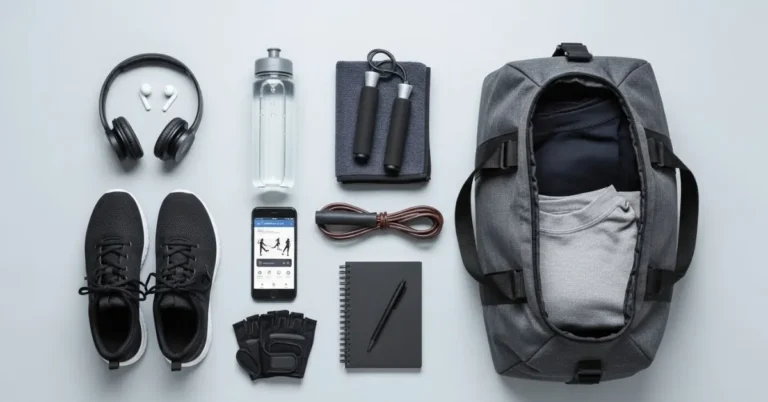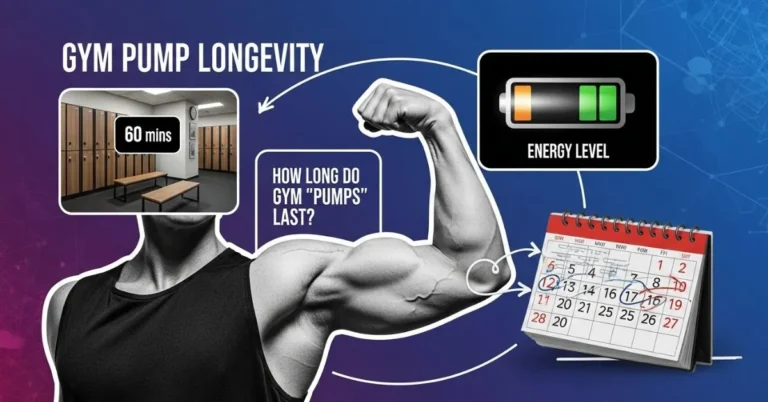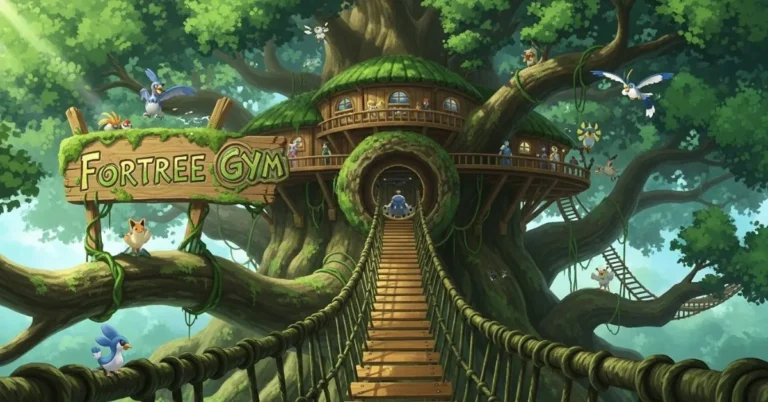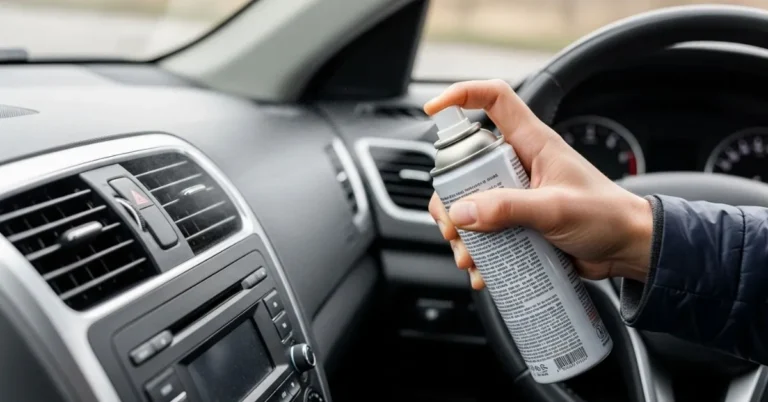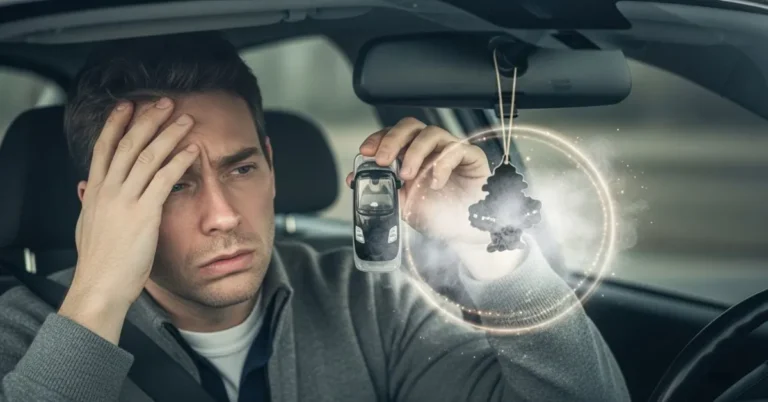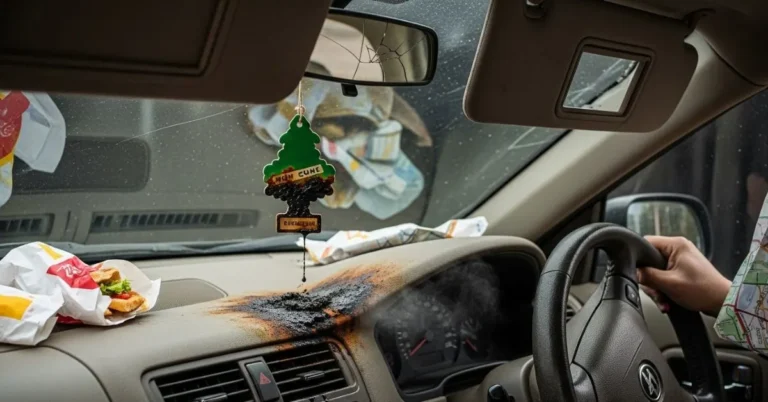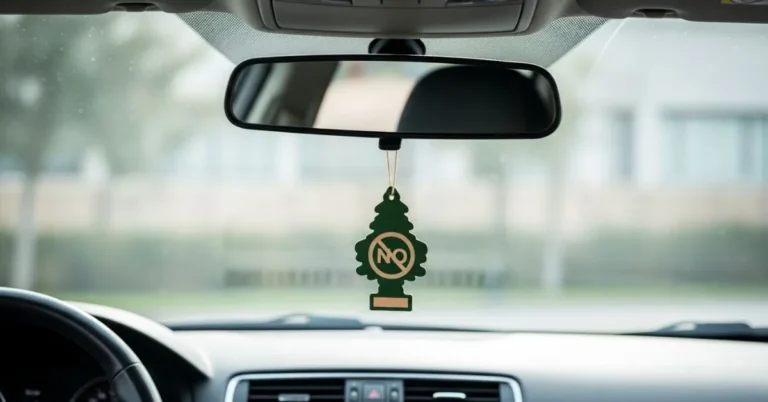It started with a dream and a dangerously slippery yoga mat. Like many of us trying to ditch pricey gym memberships, I built my workout haven in the garage. I envisioned a sleek, turf-covered space where deadlifts met downward dog, and sledge pushes didn’t scratch the floor.
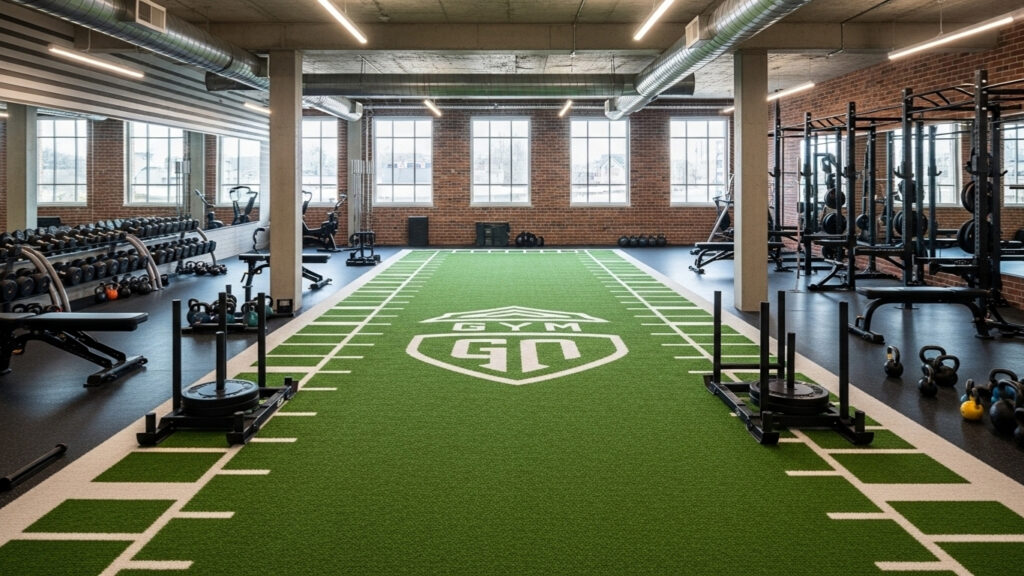
So I did what any overly ambitious DIYer would do: buy a gym turf roll online.
There I was, turf in one hand and staple gun in the other, Googling: “Can I staple down my gym turf?” It seemed simple. And it was but not without a few surprises, sore arms, and lessons learned.
If you’re thinking of using staples for your home gym turf, here’s the full play-by-play no sugar-coating, just real pros, cons, and must-know tips.
Contents
- 1 Can I Staple Down My Gym Turf?
- 2 The Perks of Stapling Your Turf
- 3 The Cons You Shouldn’t Ignore
- 4 What You’ll Need for a Proper Stapled Turf Install
- 5 Step-by-Step: How to Staple Down Your Gym Turf
- 6 Sustainability & Safety Considerations
- 7 Stapling vs. Glueing vs. Interlocking Turf Tiles
- 8 5 FAQs About Stapling Gym Turf
- 9 Expert Thoughts: Should You Staple That Turf or Not?
- 10 About the Author
Can I Staple Down My Gym Turf?
Yes, you can staple down your gym turf if you’re installing it over a wooden subfloor like plywood or OSB. It’s a tried-and-true DIY method many home gym owners use for affordability and convenience.
But just because you can doesn’t always mean you should. The results depend heavily on your floor type, how often the space is used, and your tolerance for hands-on work.
Let’s examine the advantages and drawbacks so you can decide whether stapling is the right move or just a shortcut to frustration.
The Perks of Stapling Your Turf
1. DIY-Friendly, Even for Beginners
You don’t need a construction background or a TikTok-famous toolkit to staple down turf. A good quality staple gun, a few hours, and a little patience go a long way. This makes it ideal for weekend warriors, renters, and anyone who prefers saving money over outsourcing.
2. Budget-Wise Installation
Here’s the truth: glue and professional installers cost a small fortune. But a heavy-duty turf stapler and a few boxes of galvanised staples? Way more affordable. Plus, you avoid adhesive costs, tools, and fumes.
3. Easy to Reverse or Update
Unlike adhesive-based installs, staples give you flexibility. Want to rearrange the turf layout later? Are you moving to a new home? Stapled turf is much easier to remove without damaging the floor underneath. This is a big win for renters or commitment-phobes.
4. No Chemicals or Fumes
Some adhesives release VOCs (volatile organic compounds), which isn’t ideal for indoor air quality. With staples, you skip the toxicity and mess. It’s a cleaner, greener choice, especially if pets or kids play nearby.
5. Perfect for Plywood or OSB Surfaces
If you’re working with a wood subfloor, staples hold firm. Unlike concrete, wood grips the staple deeply, helping the turf lay flat and secure.
Read More: How to Clean Gym Floor Mats Like a Pro: Step-by-Step Guide
The Cons You Shouldn’t Ignore
1. Not for Concrete Floors Without Prep
Planning to install turf directly onto a garage’s concrete floor? Hold that thought. You can’t staple into concrete. You’ll need to lay a plywood base first an added layer of time, labour, and money.
2. Potential Shifting Over time
If the turf isn’t stretched tight or you skip corners (literally), it may shift, ripple, or bunch up especially in high-traffic workout zones. Over time, poorly stapled turf can loosen and become uneven.
3. Staples Can Pop or Lift
Depending on how much wear and tear your gym gets, staples can start to lift or back out, which is annoying and possibly unsafe. You’ll want to inspect the edges regularly.
4. Visible Staples in Thin Turf
Some thinner turf materials may reveal staple lines, especially if installed under bright lighting. For aesthetics-focused gym builders, this could be a deal-breaker.
5. Requires Frequent Checks
Unlike permanent adhesive bonds, staples can shift with temperature changes or movement. You must check and re-secure your turf every few months to keep it safe and smooth.
What You’ll Need for a Proper Stapled Turf Install
Thinking of giving it a shot? Here’s your checklist of turf-stapling essentials:
- Turf Stapler (Manual or Pneumatic): A heavy-duty manual stapler will do most. Pneumatic versions are faster if you have the setup.
- Galvanised Turf Staples (⅜”–½”): These resist rust and provide firm hold.
- Utility Knife: To trim turf edges with precision.
- Measuring Tape and Chalk Line: For straight alignment.
- Plywood or OSB Base: A must-have if you’re laying over concrete.
- Rubber Mallet: To tap in staples that don’t sit flush.
- Turf Seam Tape or Joint Adhesive: For clean, secure seams between rolls.
Step-by-Step: How to Staple Down Your Gym Turf
- Prep the Floor: Ensure the surface is level, dry, and clean. If working over concrete, lay plywood.
- Measure Twice, Roll Once: Roll out your turf to check for fit. Let it sit flat overnight to remove wrinkles.
- Staple the Perimeter First: Secure corners and edges every 6–8 inches.
- Work Inwards: Move inward in rows, stretching the turf. Use a straight edge to keep your lines clean.
- Secure the Seams: For multi-roll installs, use turf seam tape or adhesive and staple alongside, not on, the seam.
- Final Check: Walk over the turf to check for bumps, bubbles, or lifted staples. Smooth them out before calling it done.
Sustainability & Safety Considerations
If you’re a sustainability-minded DIYer, good news many turf options now use recycled materials and low-VOC backing. Pair that with the non-toxic, glue-free method of stapling, and you’ve got an eco-friendlier install.
And for those with pets, kids, or barefoot workouts in mind? Stapling turf means no lingering chemical smell, no curing time, and fewer health hazards.
Ensure all staples are flush no one wants a rogue metal edge underfoot during burpees.
Stapling vs. Glueing vs. Interlocking Turf Tiles
| Method | Best For | Pros | Cons |
| Stapling | DIY installs, plywood floors | Affordable, removable, low-mess | Not for concrete, can shift |
| Gluing | Permanent pro setups | Strong hold, seamless finish | Costly, messy, not reversible |
| Interlocking Tiles | Modular gyms, renters | Easy install, movable, cushioned | Pricier, may shift slightly |
So, if you’re wondering again, “Can I staple down my gym turf?” The answer is yes, and depending on your space and budget, it might be the best DIY path.
Read More: How Much Does the Bar Weigh at Planet Fitness: Beginners Guide
5 FAQs About Stapling Gym Turf
1. Can I staple down my gym turf over concrete?
No. Concrete won’t hold staples. Install plywood or OSB first as a subfloor.
2. Will the staples hold during high-intensity workouts?
Yes, mostly if installed tightly and evenly. But check for shifting regularly for ultra-heavy sledge drags or frequent foot traffic.
3. How often should I re-check the turf?
Give it a quick monthly walk-through. If staples are loosening or edges lift, re-secure them on the spot.
4. Can I combine glue and staples?
Absolutely. Some people use glue on seams and staples on edges for hybrid durability.
5. Is stapling safe in homes with pets or kids?
Yes, if done right. Ensure all staples are flush, and you’re good to go there are no toxic adhesives or odors to worry about.
Expert Thoughts: Should You Staple That Turf or Not?
To staple or not to staple that’s the turf question.
If you’re:
- Working on a budget
- Have a wooden subfloor.
- Want an easy-to-remove install.
- Prefer a clean, fume-free method.
Then, stapling your gym turf at home is doable and wise.
But if you want a showroom-polished, permanently sealed gym floor or are working with concrete and zero Prep consider other methods like glueing or interlocking mats.
Either way, owning your gym turf journey is half the fun. Whether squatting on stapled turf or sprinting on pro-grade panels, the win is building a space that keeps you moving.

